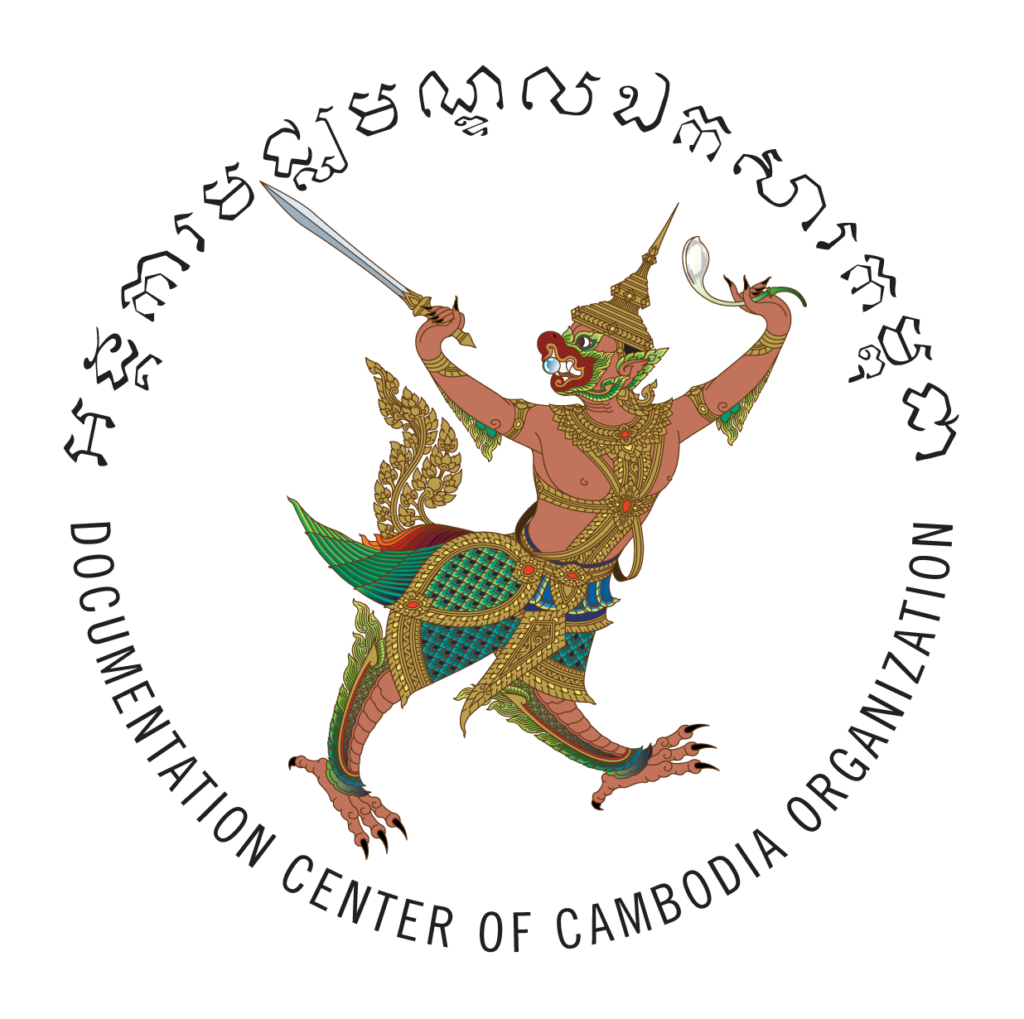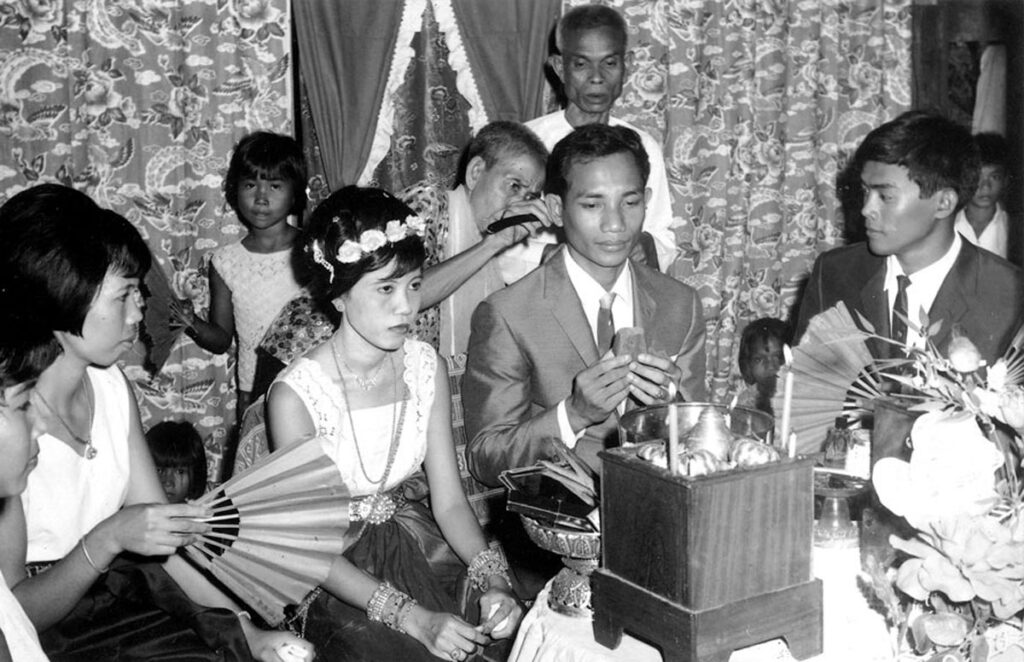Among our family’s seven children, Sboang was the luckiest; he had the highest position. He was a clever student and fluent in French. During the Sihanouk regime, he passed a civil service exam and became a cooperative chief in Prey Veng. He supervised the agricultural system for the whole province.
Sboang loved me a lot. When I was sick, he traveled a long distance to take me to a hospital in Phnom Penh. Whenever I felt unhappy, he consoled and encouraged me.
Lon Nol soldiers evacuated my family and other villagers to Kandal Province in 1974 because they were fighting the Khmer Rouge in our district. But a few weeks later, the Khmer Rouge evacuated my husband, children and me and to Kampong Cham Province. Not long after that, the Lon Nol side brought us to Phnom Penh by boat.
In 1975, our family returned to our home town. Our house had been destroyed and we couldn’t stay there, so my mother asked if we could live in our village. The Khmer Rouge said no; I think it was because they suspected that our family was rich and held high positions. Sboang was accused of being a major because he was well built. Later, he accidentally caused a cow to drown in a lake. Not long after they took him away, the Angkar sent his wife and children to be killed as well.
They watched our family closely after that. Ret, the village chief, asked about our biographies. I told her that my husband was a pedicab driver. But Ret did not believe me and said, “Don’t lie. I know that both of you were teachers.” I was sweating when she questioned me because I had told the owner of the house where we were living about our past. I wasn’t sure if the owner had reported us to Ret or not.
In 1976, my father could no longer stand being so hungry, so we went out with baskets to catch small animals to eat. My mother told him not to, but he wouldn’t listen. One day, he saw a cadre kill a green snake and leave it on a gate. My father took that snake, boiled it, and ate it, knowing it was poisonous. Soon after, he swelled up and died. My younger sister Sary and all but one of her children died of starvation next.
We were evacuated to two more villages during the regime. My job at the last one was cutting brush and then mixing it with earth, ashes, animal dung, and human waste. It was very disgusting, but I had to do it or be killed.
All of the villagers were hungry there, and my children became very sick. A man who had been a medical worker in Phnom Penh told me that because my daughter had been starving for months, she had problems with her intestines. So I exchanged my gold necklace for rice and cooked it for her. My daughter ate a lot, which made her sicker than before. One night, my daughter whispered to me, asking for water. I tried to help her drink, but her tongue was too swollen. Seeing her like that, I woke my husband. We held her tight and cried until morning, when she died. Then my husband asked a cadre if he could get some wood in order to make a coffin, but he refused. He then got a hoe and told my husband to carry our daughter’s body to the jungle behind the hospital. The cadre and he dug a grave for her there.
At the end of 1978, a villager called Sang secretly listened to the radio and heard that people would be liberated very soon. Everyone was excited, and soon there was heavy gunfire and armored cars everywhere. The Khmer Rouge soldiers escaped to the jungle.
My husband was chopping wood far from the village when the liberators came. I waited ten days for him to return. When he came back, he could barely walk. Once he grew stronger, we decided to begin our journey back to Phnom Penh.
This story is based on an essay Um Saret submitted to the Khmer Rouge History Preservation Forum contest sponsored by the Khmer Writers Association and Documentation Center of Cambodia in 2006. It was awarded second place.

